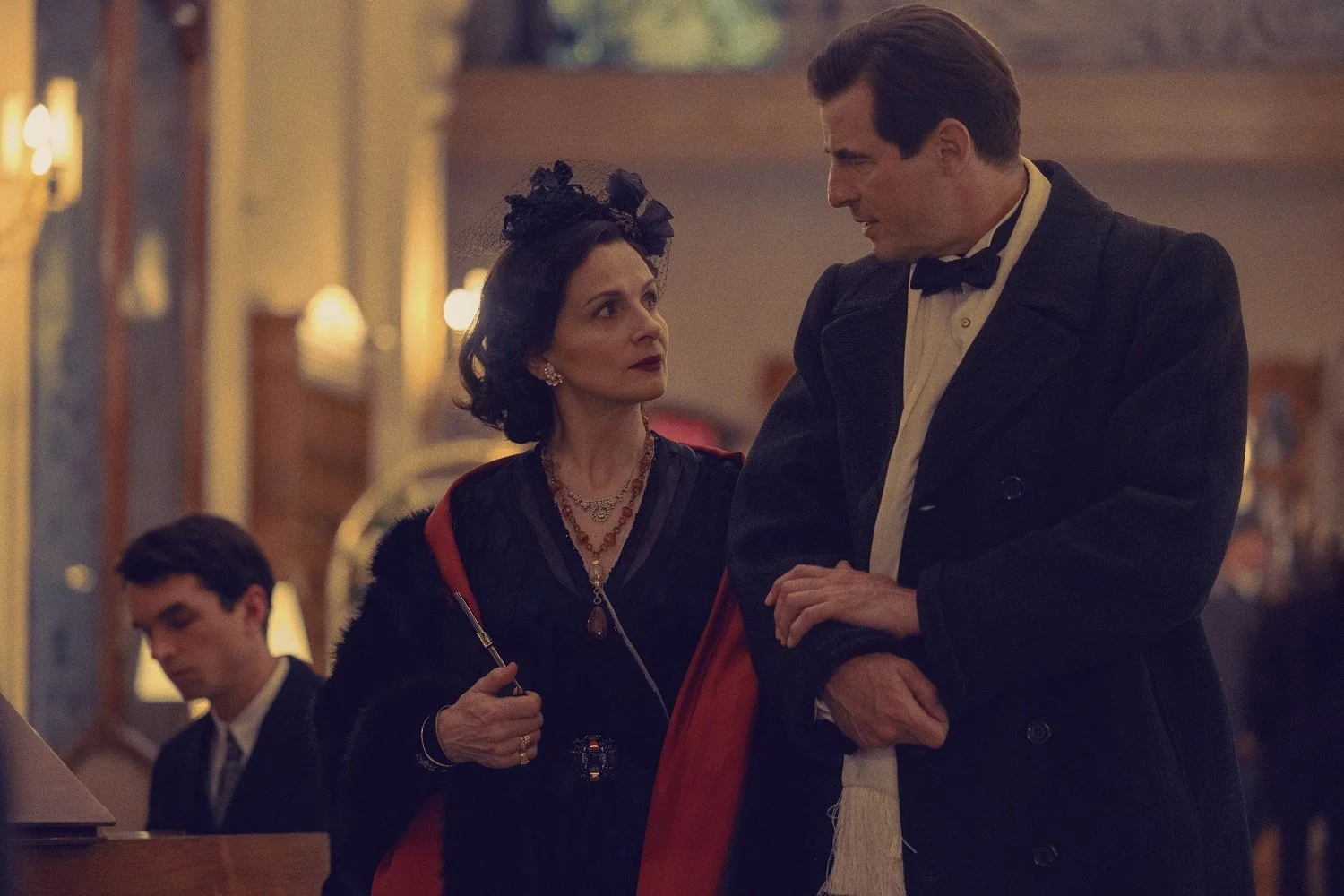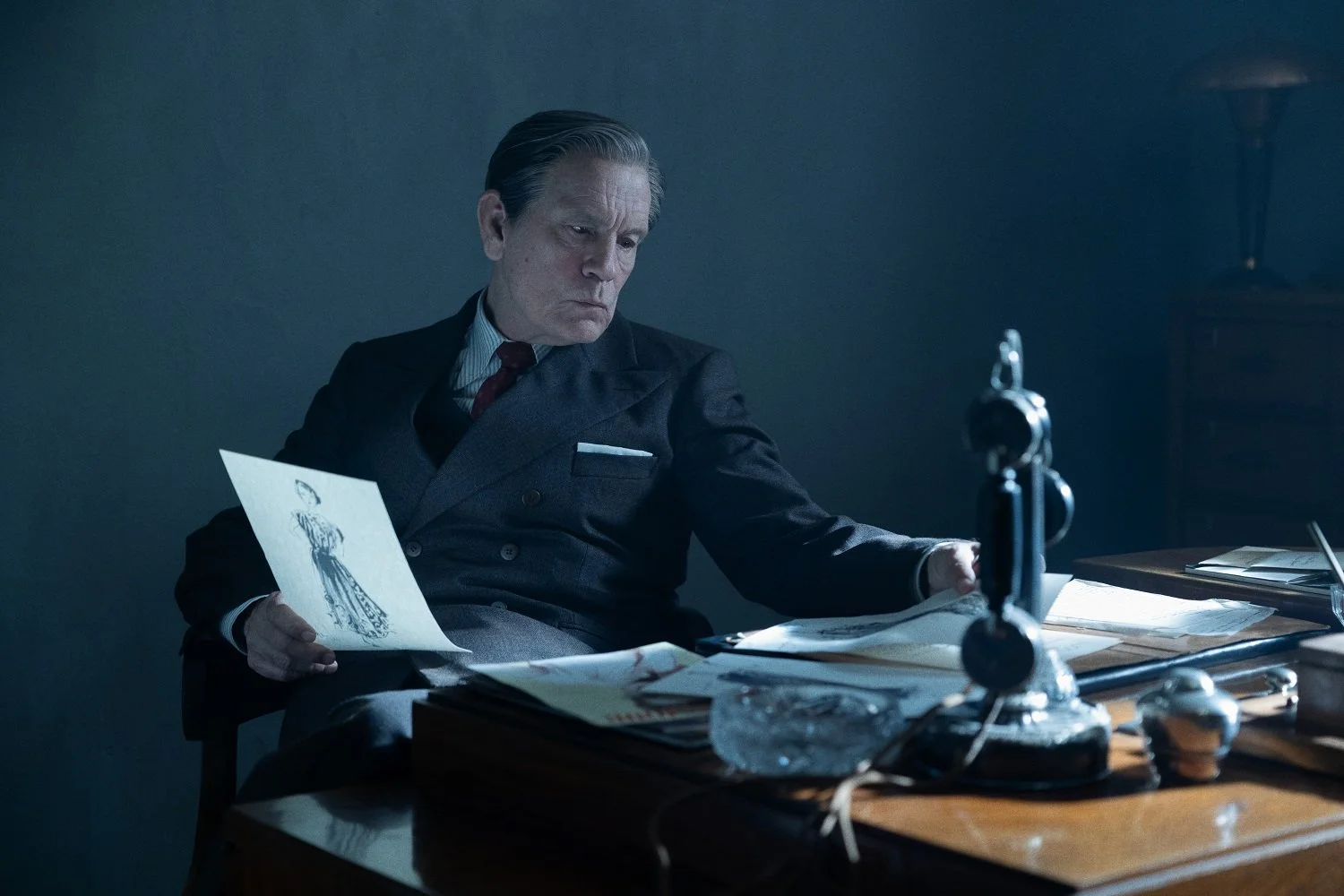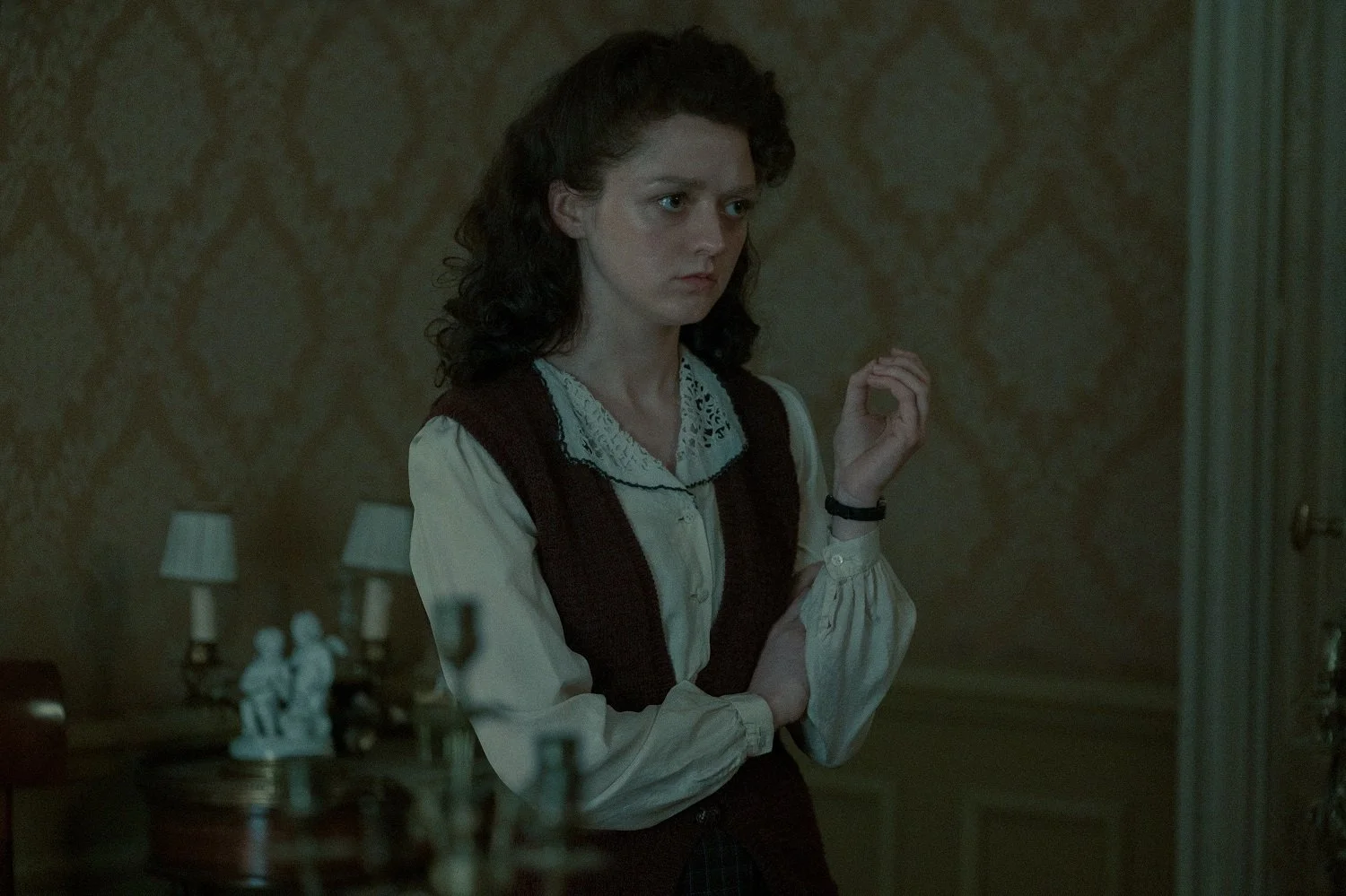Goldcrest’s Sound Team Travels to World War II Paris with Apple TV+ Series “The New Look”
Goldcrest Post recreated the tense sonic atmosphere of World War II Paris, when the city suffered under Nazi occupation, for The New Look, the thrilling new drama from Executive Producer Todd A. Kessler and Apple TV+. Supervising Sound Editor Mary Ellen Porto, Re-Recording Mixer Ryan Price and Director of Sound Nicole Tessier led the facility’s sound team for the 10-episode series, which reveals the shocking story of how fashion icon Christian Dior and his contemporaries navigated the horrors of the war and launched modern fashion.
Series Co-Producer Ethan Wellin says that The New Look’s unique blend of history and emotion required a soundtrack that was true-to-life and deeply textured. “This show centers on people whose names we know, but whose stories we do not,” he explains. “It’s broad in scope and rich in moral ambiguity. The soundtrack had to capture the complexities of that time. It was also important that this show not feel like a modern movie, but rather visually, aesthetically and sonically like a product of its era.”
Porto and her team poured through archival film, audio and written sources to gather elements and get a feel for how disparate locations in and around Paris sounded during and after the war. “We read of accounts of people who were in Paris,” she recalls. “The city was very quiet during the occupation. Other than Nazi soldiers and jeeps, there weren’t many cars or people on the street. The ringing of church bells was banned by the Nazis. After the liberation though, the city sprang back to life. It’s important to get those details right.”
She notes that historically accurate sound elements are used even when they can only be heard subliminally. “We paid a lot of attention to what was going on outside windows, things that you couldn’t see, but you could hear,” Porto explains. “You might hear resistance activities, or Nazis arresting people. Weaving that in while not distracting from what was going on inside the room took quite a bit of finesse from Ryan when we were on the mix stage.”
The sound team also worked to bring authenticity to scenes set in the notorious Ravensbrück concentration camp were women were held. “There were lots of dogs in the camp,” Porto recalls. “Sometimes I thought we might be putting in too many dogs, but they were ubiquitous. In terms of weapons and equipment, too, we learned that while the German guards used a very specific type of rifle and jeep the Resistance fighters were armed with whatever type of weaponry they could find.”
Porto says that sound is also used to support the cohesiveness of the narrative and character relationships. “There were themes that Todd wanted to use to tie the ten episodes together,” she says. “He also wanted to underscore the connection between Christian Dior and his sister, Catherine. We developed sound design for the two of them and wove it in wherever we could. Todd gave us a lot of freedom to interpret those moments. That was fun.”
A similar creative license carried over into the mix as Price blended Porto’s sound design with dialogue and composer James S. Levine’s music. “We brought a new perspective to the soundtrack,” Price says. “Mary Ellen delivered layered elements while Jimmy and Nancy Allen gave me fantastic music cues. We brought it all together and pushed them further on the mix stage. Mary Ellen and I have collaborated a lot. We trust each other. Instead of asking if I can do something that is considered ‘sound design,’ I know I have the freedom to try it. Everyone in the room was willing to explore things because we all wanted the same thing: to produce a great soundtrack and support the story.”
“The show takes place in many different environments and covers several eras in time,” Price adds. “Our task was to capture every one of those aspects while still delivering a mix that is seamless and cohesive.”
Wellin points to the series’ first episode as an example of its unique and powerful use of sound. “It’s 1955. Christian Dior is at the peak of his fame and his brand has blossomed into an enormous cultural phenomenon,” he relates. “He’s about to give a lecture to fashion students and he’s very anxious. At that moment, we move inside his head and hear the drumming of the students as he hears it. We’re riding the emotional wave of what he’s going through and it’s very powerful. It’s a crucial moment for understanding this character as we follow him through the rest of the series.”
Ultimately, the sound design, dialogue and music come together in a soundtrack that draws viewers into a unique historical period and lets them feel the searing emotions of the time. “We looked for a sound team that could handle a project of this scale, and had the commitment to give the show special attention,” says Wellin. “It turned out perfectly. The more we dove in and worked with the Goldcrest team, the more we knew we’d made the right choice.”




